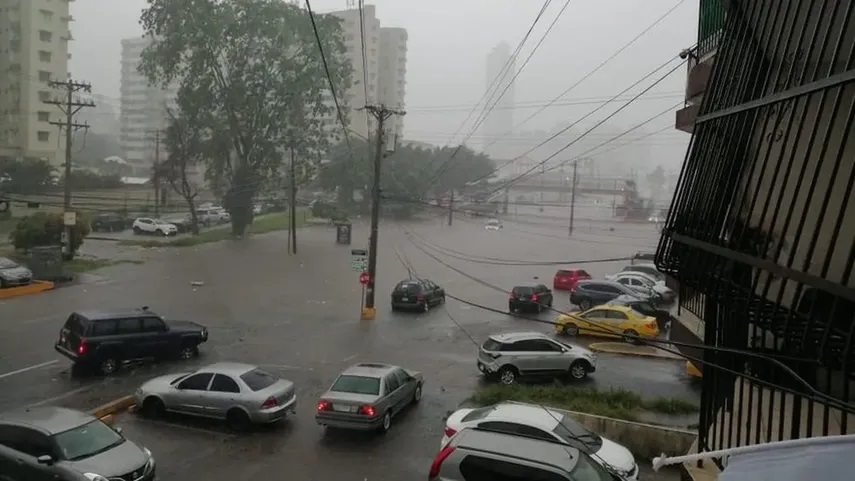El Niño Disasters in Panama and Latin America

The El Niño phenomenon and the effects of global warming due to human activity caused a record of climate disasters in Latin America and the Caribbean in 2023. Last year was the warmest on record in the region. The sea levels rising, and the glacial retreat is continuing. A major change in the distribution of precipitation caused droughts and forest fires, but also floods and landslides. The WMO describes El Niño as a natural climate pattern associated with the warming of the ocean surface in the tropical Pacific, which usually occurs every two to seven years and lasts between nine and twelve months. In 2023, 67 episodes of meteorological, hydrological and climatic disasters were reported in the region. Of them, 77% were linked to storms and floods. Among the climate disasters of 2023, the WMO highlighted Hurricane Otis, which devastated the Mexican resort of Acapulco in October, leaving at least 45 dead and millions in damage. The intense drought that hit the region, caused the lowest level of the Negro River to be recorded in the Amazon in more than 120 years of measurements, and that ship traffic through the Panama Canal was “seriously” disrupted since August. The drought in the Plata basin affected northern Argentina and southern Brazil and especially hit Uruguay, which experienced its driest summer in 42 years and experienced a critical lack of water.
The WMO added to all this the scourge of torrential rains that left dozens dead due to landslides and floods, both in southeastern Brazil in February, and in Jamaica, Haiti and the Dominican Republic, in November. Meanwhile, the central region of South America experienced scorching heat from August to December. In some areas of Brazil the thermometer marked 41ºC in August, in the middle of the southern winter. Argentina, Brazil, Bolivia, Paraguay and Peru recorded their highest temperatures for the month of September and there were large forest fires in several places. The WMO also warned that the rise in sea level is accelerating. The rate of rise in mean sea level in the South Atlantic and the subtropical and tropical North Atlantic exceeds the global average. According to the report, in Chile, the Echaurren Norte glacier, a reference for the World Glacier Monitoring Service (WGMS), lost about 31 meters of water equivalent between 1975 and 2023. The catastrophe unfolding in southern Brazil, particularly in the state of Rio Grande do Sul, has escalated into a monumental crisis, marking one of the most severe climate disasters the region has ever faced. The death toll has alarmingly risen to 90 individuals, while the number of people displaced by the relentless rainfall has surpassed 155,000. The severity of the situation was underscored when Porto Alegre, the state’s capital and fifth-largest city in Brazil, saw its main airport shut down due to extensive flooding.
The catastrophe unfolding in southern Brazil, particularly in the state of Rio Grande do Sul, has escalated into a monumental crisis, marking one of the most severe climate disasters the region has ever faced. The death toll has alarmingly risen to 90 individuals, while the number of people displaced by the relentless rainfall has surpassed 155,000. The severity of the situation was underscored when Porto Alegre, the state’s capital and fifth-largest city in Brazil, saw its main airport shut down due to extensive flooding.





